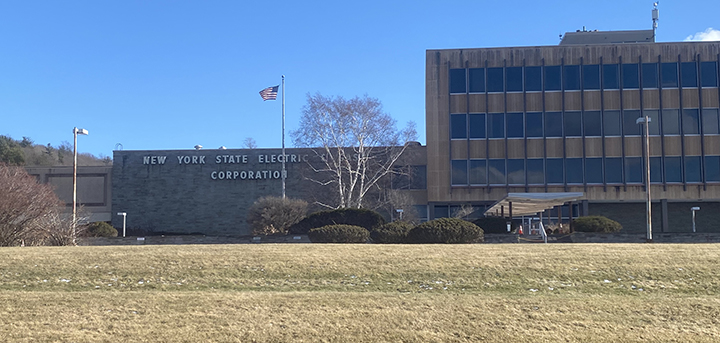The Long Gone City Directories
Published:
March 11th, 2020
By:
Joe Angelino
Because of my recent political intentions, I’ve knocked on more doors of strangers over the past two weeks than I have in the past 20 years.
There is usually time between the first rap on the door and the greeting of the residents. In that brief waiting period, the whole appearance of the place, and the architecture draws attention and subsequent questions.
I wonder how many different families have lived in the house. Who built the house and when, why the location was chosen, why the garage is close proximity, and other queries unanswered.
There once was a book, published annually for nearly every community, which answered all of these questions and more. The books were known as City Directories and were printed for over 100 years. These directories had their origins in London, England in the 1500s with information gathered as a matter of national defense.
The earliest directories listed all the London males by name, their occupation, and street address for call-up in case of war. The directory information was needed so that appropriate armor and weapons could be procured, and who had the skills and talent to manufacture it.
The first known use of a city directory of residents in the colonies was in Baltimore in 1752 with the painfully long title “The Following List of Families and Other Persons Residing in the Town of Baltimore, Was Taken in the Year 1752, by a Lady of Respectability.” At this time, the directory was for commercial, not military reasons.
The Baltimore directory contained the names of mostly men, their occupation, and their address. This information was needed and, more importantly, paid for by entrepreneurs who wanted to come calling to sell their wares. The publisher of city directories back then knew the best direct marketing methods of the day were knocking on the right door.
Today, these books are a priceless source of information for genealogists, historians, and the curious. Because the city directories were published annually, they fill in the gap of information obtained by the government-funded census, which happens only once per decade.
My first encounter with a city directory was in the library at the Norwich Junior High School in 1974. It was in the section of the library few eighth-graders went for entertainment; the reference section. Here I found a book that contained information about every house in town. The information included; the head of the household, usually a man. Also included was the occupant’s occupation and employer, whether the family rented or owned the house and more. The first place I looked at was my home street in Norwich – York Street.
On that short, dead-end street in 6th Ward with only a handful of houses were familiar sur-names which to this day still have descendants there; McNeil, Carnrike, Downey, and of course Angelino. Norwich in 1974 was a time when there were still ethnic neighborhoods and fewer cars, so there was little reason to venture from your home turf. The ethnicity of Norwich then was predominantly Irish on the west side and Italians on the east side. Every neighborhood in town had a park, at least one grocery store, usually a bar, a church, and a factory within walking distance.
Going back through the annual city directories of Norwich shows the astonishing amount of business activity in places today that are strictly residential. Silver Street, for instance, was more of a commercial street than residential starting right at the corner of East Main Street with a gas station, and next door was Conron Plumbing and Heating.
Continuing north on Silver Street were; a beer distributor, tourist homes, mechanic shops, a feed mill, a used car dealership, a grocery store, more plumbers, a grade school, another gas station then ending at Borden Ave with a large grocery warehouse. Additionally, every cross-street of Silver Street had businesses too numerous to mention.
As was the fashion of the day, many of those businesses were also home to the proprietors. This explains large buildings behind houses or the subtle commercial façade with an apartment upstairs seen all across the architecture on the side-streets. One of the last remaining commercial businesses nestled between homes on a residential Norwich street is Morse Plumbing at 40 Division Street, which has housed plumbers for over a Century.
Modern zoning codes have almost entirely forced businesses to relocate outside the city limits into the open spaces of the townships. Similarly, the city directory has been replaced by the modern internet search engine, Google.
At the end of the 20th Century, there was an attempt to revive the city directory with a large, broadsheet style publication, known as the Haines Criss-Cross Directory. These were expensive books compiled by the publishers who searched publicly available sources on the internet instead of the face-to-face knocking on doors method. The internet search method isn’t as personally detailed and, sadly, not as accurate.
If you are a history buff, do yourself a favor this summer. Find an old city directory for your town and take a walking tour of the side streets. You will be educated, entertained, and possibly a few mysteries will be explained. One mystery I’ve figured out using an old city directory was how the handful of Irish on York Street ended up in an exclusively Italian enclave. Stop me on the street, and I’ll explain, or maybe it will be another Wednesday column.
Author: Joe Angelino - More From This Author
Comments






